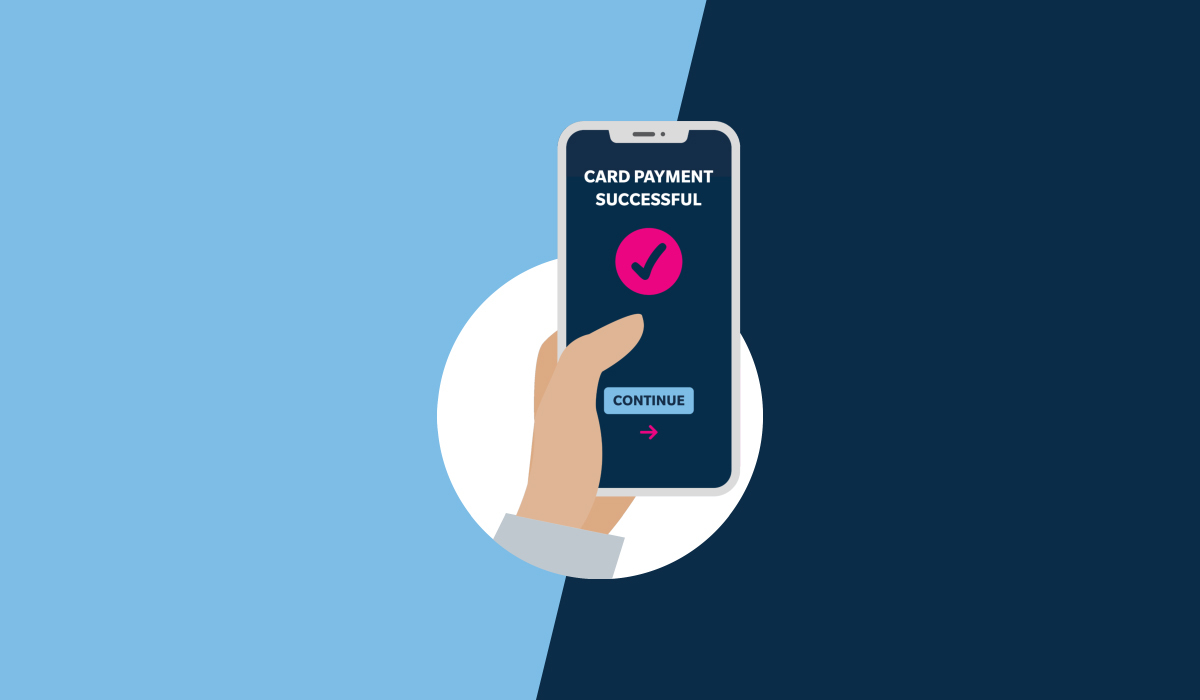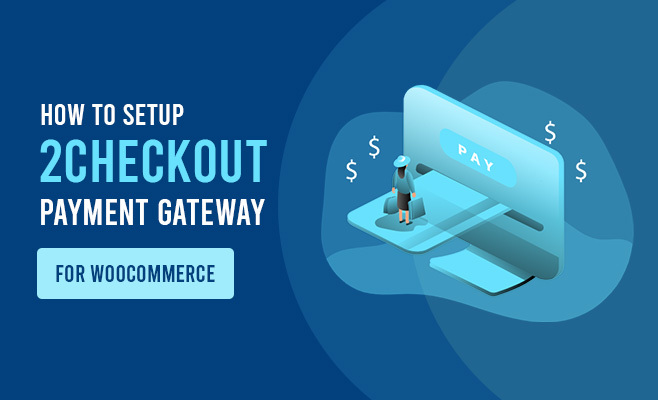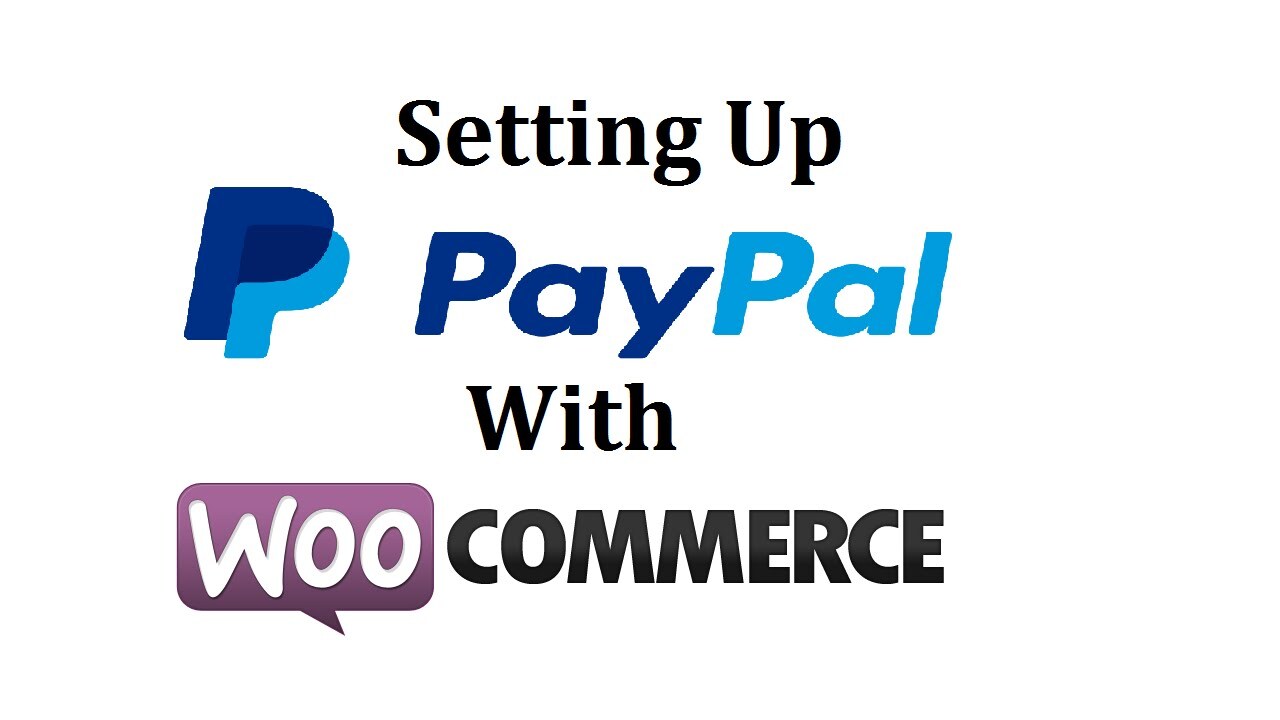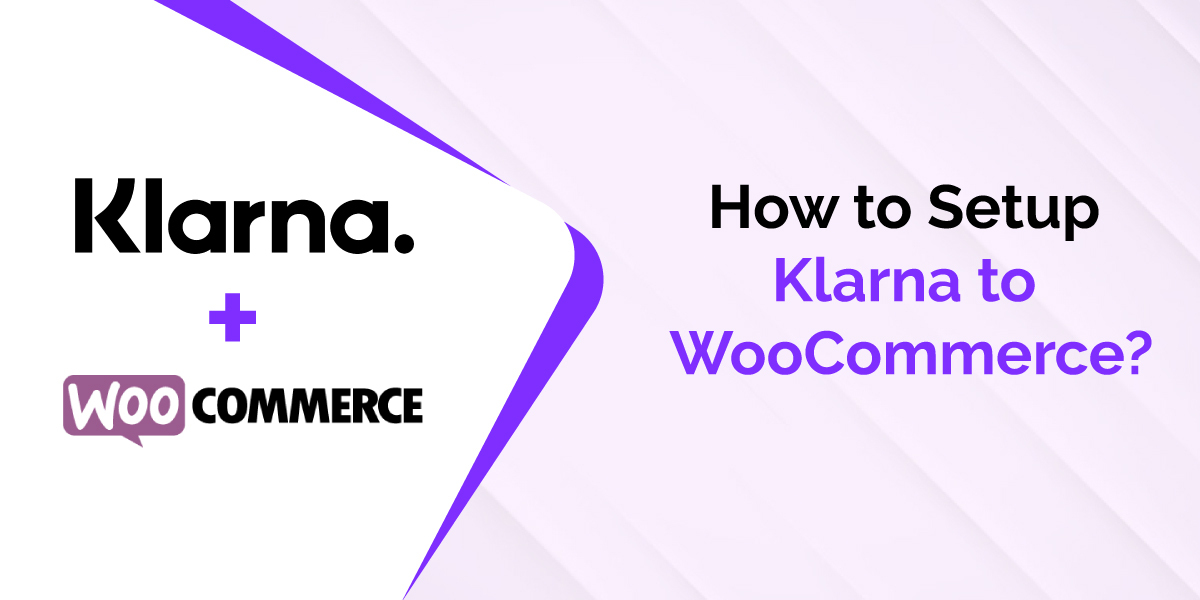If you want to create a successful business in today’s digital era, the only way to achieve this is by having an excellent e-commerce store combined with your retail store. Just in 2020, online sales have summed up around 14% of retail sales, with the tendency of increasing in 2021. However, managing the store requires constant attention, dealing with payments, shipping, products, and so much more. So, the question is how to successfully run these two channels? This is where POS (Point of sale) system comes in. This is the best tool in order to handle both channels seamlessly and simultaneously.
Today we will show you how to add a POS system to your WordPress website.
POS system
A POS system provides you with a time and place where you carry out the transaction, as well as generated receipt. It simplifies the shopping experience by providing accurate and fast data in terms of management and inventory, as well as managing multiple stores and online stores simultaneously.
How does a POS system work?
The idea is that, the monitor is the main system which connects to parts such as receipt printer, barcode scanner, check readers, card readers, etc., as well as a software which can manage different operations like collecting and analyzing data, managing employees, inventory management, customers, orders, etc.
There are different types of POS systems for WordPress giving you the option to choose which one fits best your business needs.
What you need to know about POS systems?
How to choose the best one for your business? This depends on your personal business needs, but there are some basic functions which are a must for any POS system.
Omnichannel experience
A very important thing you need to expect from your POS system is providing omnichannel experience for customers. This is different than the multi-channel, as all digital channels such as mobile, website, social media, are connected. This means that all of your data is synchronized into one and gives you the option to easily manage by using a POS system.
Budget
You need to set a proper budget before buying your POS system. It has three main components: software, hardware, and payment processor.
Integrations
You do not want to be left behind from the constant updates. Your POS system needs to be up-to-date with the newest technology, hardware and naturally the possibility to integrate other functionalities without any problems. This ensures that your POS system will be fast and efficient, as well as providing excellent shopping experience for users.
Benefits of a POS system
The main goal of a POS system is easing the user experience for both customers and business owners.
User-friendly
POS is designed in a way that is very quick to learn and can significantly reduce training time. The interface is very intuitive, giving you the chance to manage everything from the single screen.
Payment methods
Take your business to the next level by providing clients with multiple payment gateway options – mobile wallet, cash, bank transfer, contactless transactions, and much more.
Excellent service
A POS system provides user-friendly interface which is being operated by an agent. It shows important information like bestselling products, stock management, number of orders and sales, upcoming sales, etc,, and all of this on a one single screen. It speeds up functions such as backend management and payments.
Managing inventory
Inventory management is one of the most important advantages of having a POS system. It helps you to automate the whole process, thus avoiding manual errors which can happen during stocks and restocks. By having a POS system, you can manage the stock quantity from one single screen.
Managing employees
Managing your employees has never been easier with a POS system. Employees have their own accounts and login credentials. It has a timer functionality which makes it easier to follow the working hours of employees. You are provided with a detailed report for each employee, the sales they have made, their schedule, etc.
Reports
With a POS system you have detailed reports regarding customers, sales, orders, stocks, and employees. Using this information, you can track which are the best-selling products, those which are not doing so well, evaluating which are your loyal customers, and much more. You have information about your current offers and sales so that you can prepare an adequate marketing plan.
WordPress POS system plugins
A great option to set up a POS system for your WordPress website is by using a plugin. As well as managing multiple channels, it has tons of features which can ease the shopping experience for users.
OpenPOS
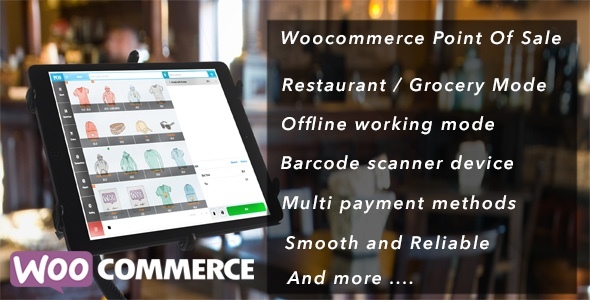
The plugin provides a full automated experience for WordPress and WooCommerce websites. It supports multiple channels, warehouses, and payment methods. By providing detailed reports, real-time data synchronization and much more, it’s one of the best extensions available on the market.
YITH Point of Sale for WooCommerce
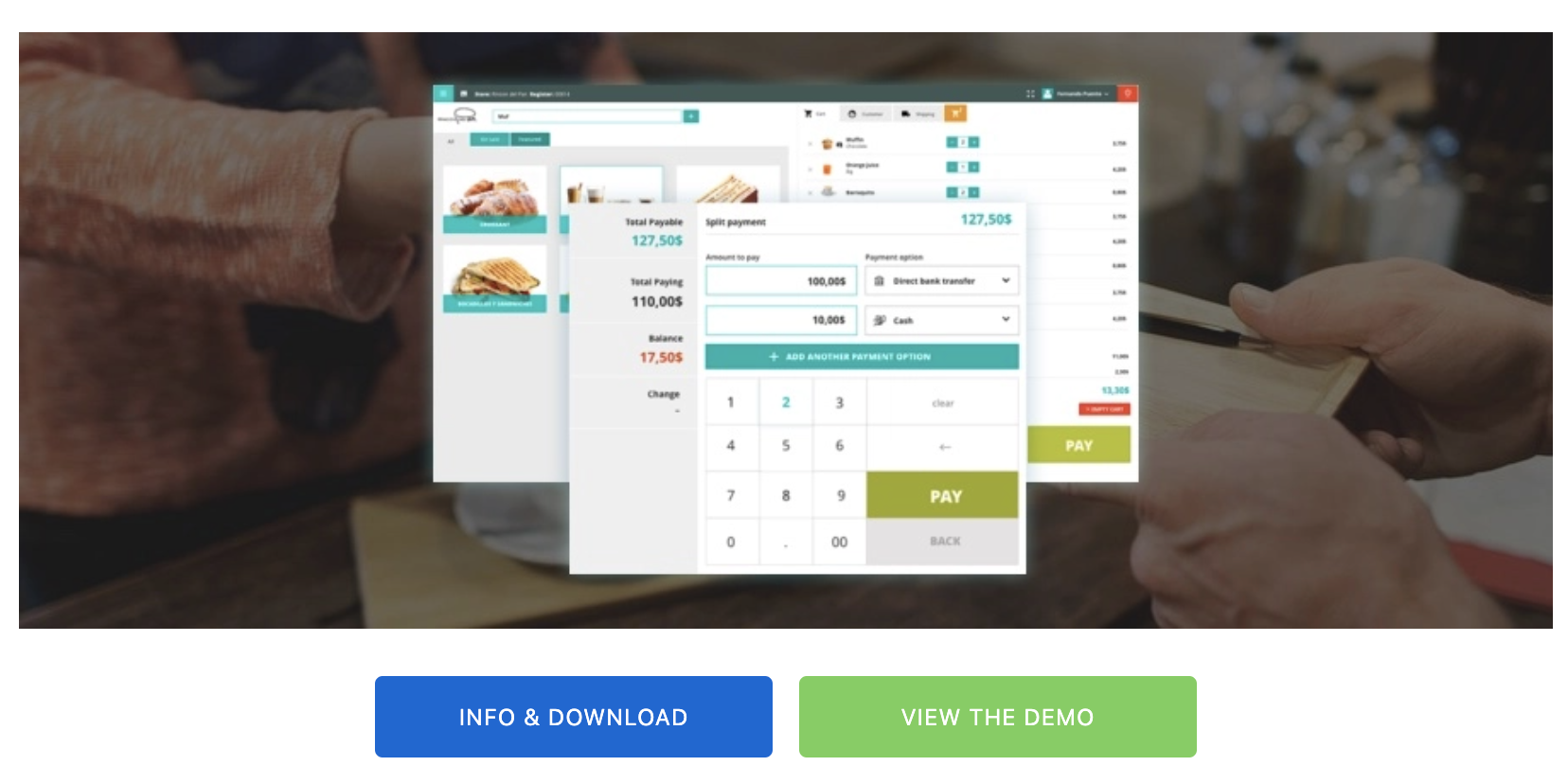
Save a lot of money on terminals and employees by using this useful tool. With its help you can create multiple stores, as well as sync all of your data in real-time, managing all changes to orders and stocks.
Point-to Point Connectors
This is the best solution if you are a small retail owner. This way you can provide a direct connection between your retail and e-commerce store. Simply by using one of the channels you can manage all operations in an affordable and easy way.
Point-to Point connection gives you the option to provide a link between two apps, networks, devices, etc. It’s a brilliant way to point to your POS in order to sync your sales, inventory, and e-commerce data.
Manual integration
If the above options are not your thing, you can always create your very own POS system, customizing it according to your business needs. Note, that this is a very expensive option is you will need the services of a developer.
In order to have your own personal POS system you wouldn’t need to follow these steps:
Choose your POS hardware components as per your business type. Add features such as monitoring, tracking, managing inventory, etc. Choose between cloud-based POS and On-premise one.
Conclusion
Having your own POS system and integrating it with your e-commerce store will save you time and money, as it will provide an automated experience for all operations and reduce the number of employees you will need. It eases the shopping experience and removes the chance of human error, making it an excellent choice both for customers and business owners.

